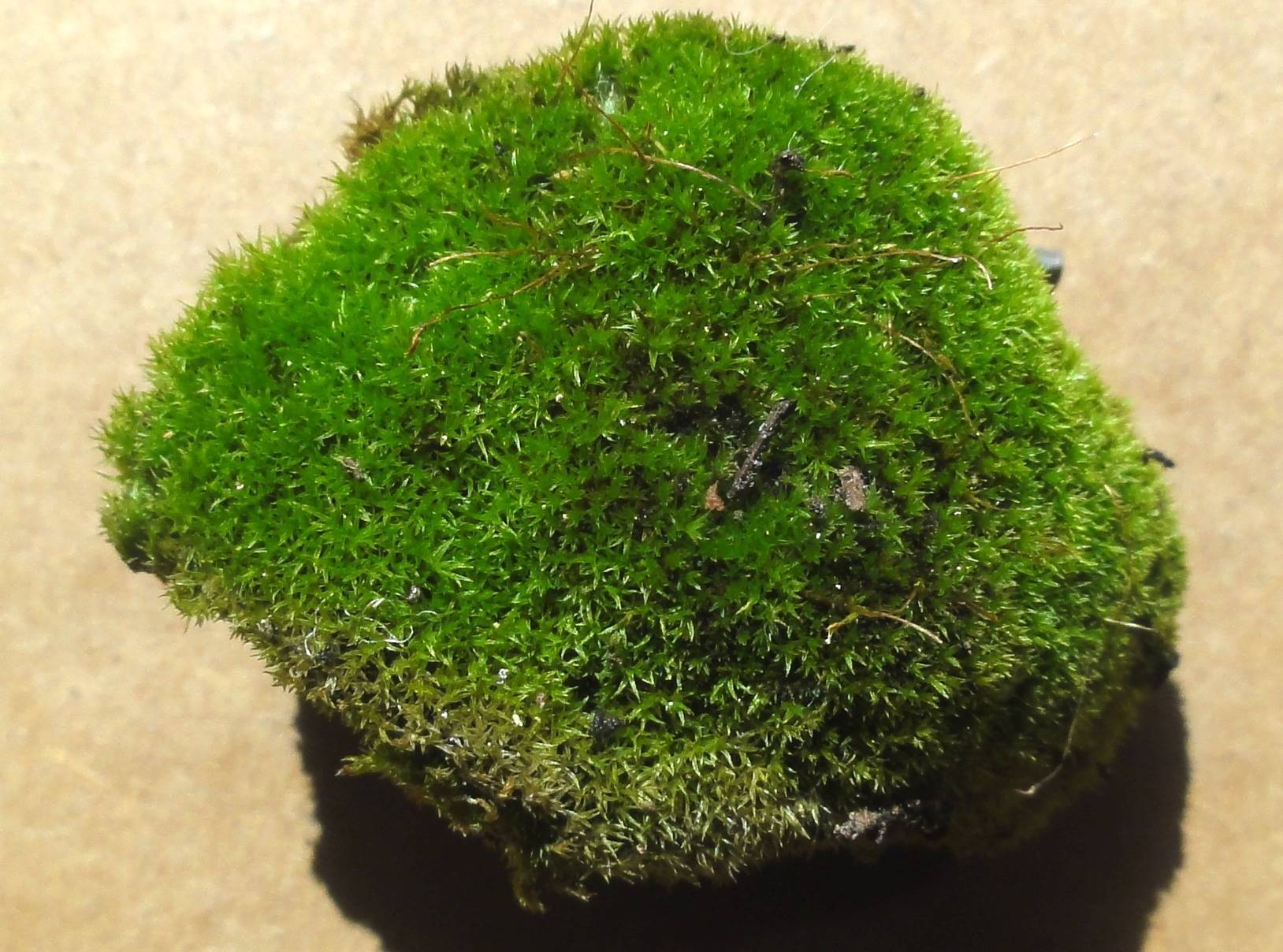Ceratodon
|
Family: Ditrichaceae |
Plants in loose to dense tufts, turfs, or mats, green to dark green, brownish green, light green, or yellow-green, often tinged reddish brown or purple. Stems (0.2-)1-3(-4) cm, often branched; rhizoids at base, papillose. Leaves erect-patent, contorted or somewhat crisped, rarely straight when dry, lanceolate, ovate-lanceolate, or triangular-lanceolate, or elliptical to ovate and somewhat concave, margins recurved to near apex, rarely plane, irregularly serrate or smooth distally; costa sub-percurrent to excurrent, sometimes as a long, smooth awn, 1 row of guide cells, two stereid bands, hydroid cells present between guide cells and abaxial stereids; medial laminal cells of somewhat uneven shape and size across leaf, more or less quadrate or short-rectangular, often irregularly angled or rarely rounded, non-pitted. Specialized asexual reproduction absent or as multicellular filamentous propagules with thin walls scattered along the stems or occasionally as rhizome nodules. Sexual condition dioicous; male and female plants about the same size; perigonial leaves ovate, concave, short-acuminate or rarely long-acuminate in well-developed plants; perichaetial leaves convolute-sheathing, abruptly subulate to gradually acuminate. Seta red, purplish, yellow, or yellow-orange, elongate, twisted when dry, erect. Capsule erect to inclined or horizontal, exserted, dark red to reddish or purplish brown, to pale brown, pale yellow or yellow-orange, oblong-ovoid to oblong-cylindric or cylindric, often somewhat asymmetric and deeply furrowed, smooth to strongly sulcate when dry, usually strumose; annulus of 2-3 rows of large, deciduous, revoluble cells; operculum conic to long-conic, straight; peristome single, teeth 16, split nearly to their base into 2 filiform segments free to united at their nodes basally, 5-18 articulations, basal membrane present, finely papillose to spinulose-papillose. Calyptra cucullate. Spores globose, smooth to finely papillose. Historically, Ceratodon has been a troubling genus. Taxonomic interpretations, especially with respect to C. purpureus in the broad sense, have varied widely, mainly because of the high degree of environmental and suspected genetic variation across its range. J. S. Burley and N. M. Pritchard (1990) provided the most thorough treatment of Ceratodon to date, reducing the number of species to four and subspecies of C. purpureus to three. One of their species, C. conicus, is treated here as a subspecies of C. purpureus, based on the apparent gradation and reduction of all of the characters that they used in their treatment. However, there remains a great need for a detailed study of this genus within North America.
|

